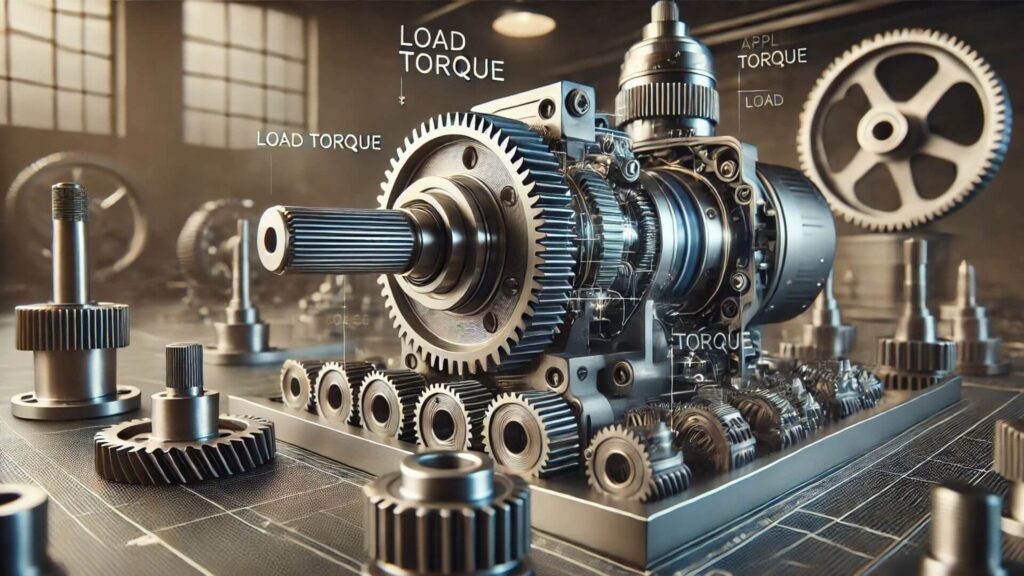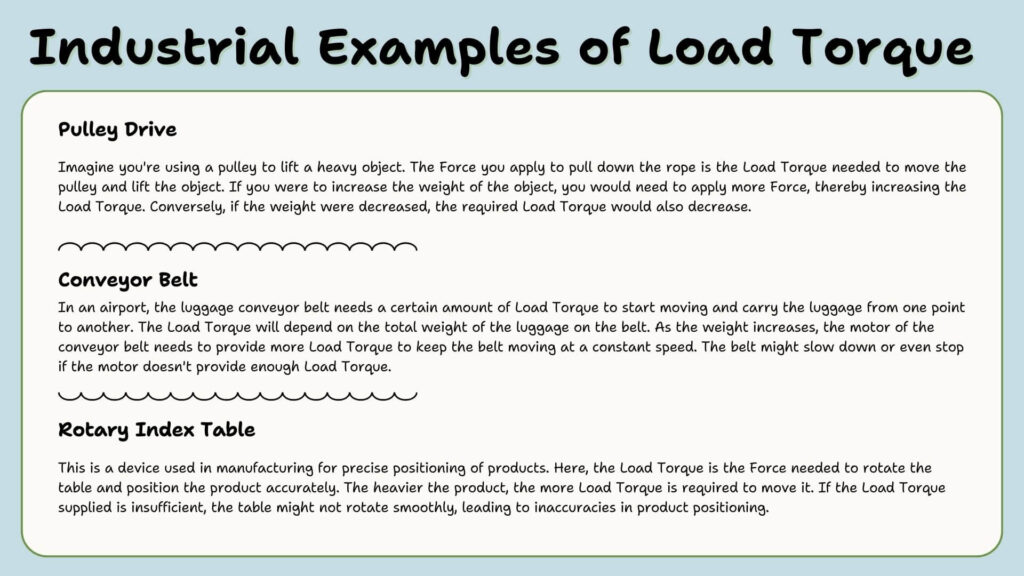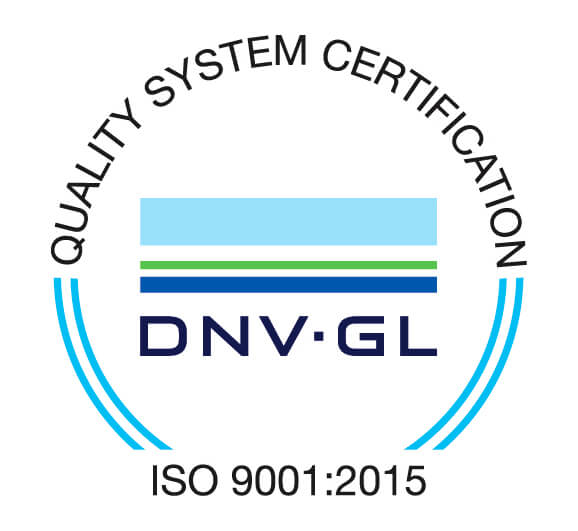Motors are essential to many everyday applications, from powering your car to running a factory. However, proper sizing and selection of the motor are critical for optimal performance. One crucial factor in this process is to find and understand load torque—the rotational Force required to move a given load at a specified speed.
This article will explain what load torque is, how to find one, and how to calculate it for specific applications. We’ll also discuss how it fits the overall requirements for selecting the correct motor size for any given task. By learning more about calculating load torque correctly, you can ensure that your motors are always up to the job!
Table of Contents
ToggleWhat is Load Torque?

Imagine you’re opening a jammed door or a tight bottle cap. The amount of force you apply to turn the knob or cap is essentially what we refer to as Torque in mechanical engineering. Now, when this Force is used by a machine to make it work, it’s called Load Torque.
Load Torque is the Force an operating machine requires to perform its task. It plays a crucial role in mechanical operations, particularly in industries like automotive and manufacturing, where machines are extensively used. The efficiency of these machines largely depends on the Load Torque.
Significance of Load Torque
Load torque plays a significant role in motor selection. For a motor to function effectively, it must have a torque rating that exceeds the load torque. If the motor’s Torque is too low, it may not be able to drive the load, leading to poor performance or even damage to the motor. On the other hand, choosing a motor with a much higher torque than necessary can lead to unnecessary costs and energy waste.
Load Torque and System Efficiency
Understanding load torque is also essential for optimizing system efficiency. You can ensure that the system operates at maximum efficiency by matching the motor’s Torque to the load torque as closely as possible. This saves energy and reduces wear and tear on the motor, extending its lifespan.
Load Torque in Control Systems
It is critical to find and understand load torque for maintaining stability and accuracy in control systems. Changes in load torque can affect the system’s response time and precision. Therefore, control systems often include feedback mechanisms to adjust the motor’s Torque based on changes in load torque.
Calculating Load Torque
Load Torque is usually calculated using this formula:
T = F x r
Where,
- ‘T’ stands for Torque;
- ‘F’ is the Force (the effort you put in to make something move), and
- ‘r’ is the Distance from the pivot point where the Force is applied.
This formula indicates that the Torque of a machine (or how much it can twist or rotate) is determined by the Force applied and the Distance from the pivot point at which this Force is applied. The units commonly used for Load Torque are Newton meters (N.m) or foot-pounds (ft. lbs) in the imperial system.
Industrial Examples of Load Torque
Let’s look at some real-life examples of how Load Torque is used in the industrial setting:

Pulley Drive
Imagine you’re using a pulley to lift a heavy object. The Force you apply to pull down the rope is the Load Torque needed to move the pulley and lift the object. If you were to increase the weight of the object, you would need to apply more Force, thereby increasing the Load Torque. Conversely, if the weight were decreased, the required Load Torque would also decrease.
Conveyor Belt
In an airport, the luggage conveyor belt needs a certain amount of Load Torque to start moving and carry the luggage from one point to another. The Load Torque will depend on the total weight of the luggage on the belt. As the weight increases, the motor of the conveyor belt needs to provide more Load Torque to keep the belt moving at a constant speed. The belt might slow down or even stop if the motor doesn’t provide enough Load Torque.
Rotary Index Table
This is a device used in manufacturing for precise positioning of products. Here, the Load Torque is the Force needed to rotate the table and position the product accurately. The heavier the product, the more Load Torque is required to move it. If the Load Torque supplied is insufficient, the table might not rotate smoothly, leading to inaccuracies in product positioning.
Streamline Torque Measurements Using a Low-code Platform
If your business requires precise torque measurements, investing in a high-quality torque wrench can make a significant difference. Accurate torque control is essential for ensuring product quality, safety, and compliance with industry standards.
DATAMYTE offers advanced torque wrenches designed for precision and reliability. Our torque measurement tools, such as the LightStar™ Torque Wrench, provide highly accurate readings, eliminating the inconsistencies of manual methods. These digital torque wrenches allow you to capture real-time data, store it for analysis, and ensure repeatable results across your operations.
In addition to high-performance hardware, DATAMYTE enables you to integrate torque data into a broader quality management system. With real-time monitoring and digital reporting, you can streamline audits, track trends, and improve process control.
Enhance your torque measurement accuracy and efficiency with DATAMYTE’s industry-leading torque wrenches. Book a demo today to see how our solutions can help you optimize your torque management process.
Conclusion
Understanding Load Torque is essential for the efficient functioning of various mechanical operations. It helps us determine the right amount of Force needed to operate machines efficiently, thus saving energy and improving performance. So, before you select a motor for your application, calculate the Load Torque and find out whether it meets the system’s requirements. With the right knowledge and tools, you can ensure that your motor selection is reliable and cost-effective.



